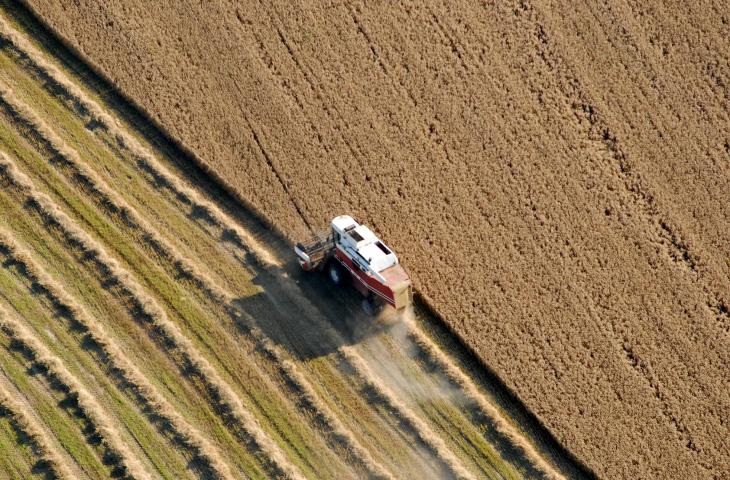MILAN - 33% of soil on a global level is degraded; up to 1,000 years are needed in order for 2-3 centimetres of soil can reform, once degraded; the demand for food, fodder and fibre is growing, and a 60% increase is envisaged by FAO by 2050. This is a true case of soil consumption that results, according to figures from ISPRA, in the irreversible loss of 6-7 Sq metres each second, in Italy alone (11 hectares an hour in Europe), due to its profound alteration and to the artificial covering with cement or asphalt. Italy has a rate of soil consumption that is nearly double the European average.
Some contributing factors
On a global level, soils are increasingly under pressure also due to the intensification of agriculture, to commercial forests and to pasture, uses that compete with urbanisation: when facing these menaces, soil is defenceless. One forgets that it is a precious resource from which our very survival depends, but it is also a fragile resource, hidden and non-renewable, and its value is not well recognised in society. One of its properties, often undervalued, is being a carbon sink: the European Commission estimates that 20% of anthropogenic CO2 emissions are captured by the soil and the carbon in the soil is equal to three times the amount present in the atmosphere. In the last five years, in Italy, soil consumption led to a reduction in soil carbon stocks by 5 million tons, equal to atmospheric CO2 emissions potentially equal to 18 million tons. It is as if today there were nearly 4 million more cars, 11% of currently circulating vehicles.
The advance of urbanisation
Urbanisation is the tendency that dominates the change in soil use in Europe, together with the abandonment of land and the intensification of agricultural production. Urbanisation results in a decline of natural and semi-natural habitats, which, furthermore, appear to be more and more fragmented by built-up areas and transport infrastructures. 30% of the EU territory is highly fragmented and this influences the connection and health of ecosystems, but also the capacity of ecosystems to provide services and habitats that are suitable for the indigenous species. Several commitments have been made with regards to soil use at both an international and a national level. In its conclusions, Rio+20 asks for a world with neutral soil degradation, while the EU has the aim not to build on new areas by 2050.The EU policy also encourages aims for a sustainable use of land and soil to be set. In Italy, the Consolidation Act of the law for the containment of Soil Consumption recently approved by the Parliament's Environmental, Land and Agriculture Commissions, finally recognises the importance of soil as a common good and a non-renewable resource, of fundamental importance for the ecosystem services it provides also for the prevention and mitigation of hydrogeological disturbance events and for climate change adaptation strategies.
by editorial staff











